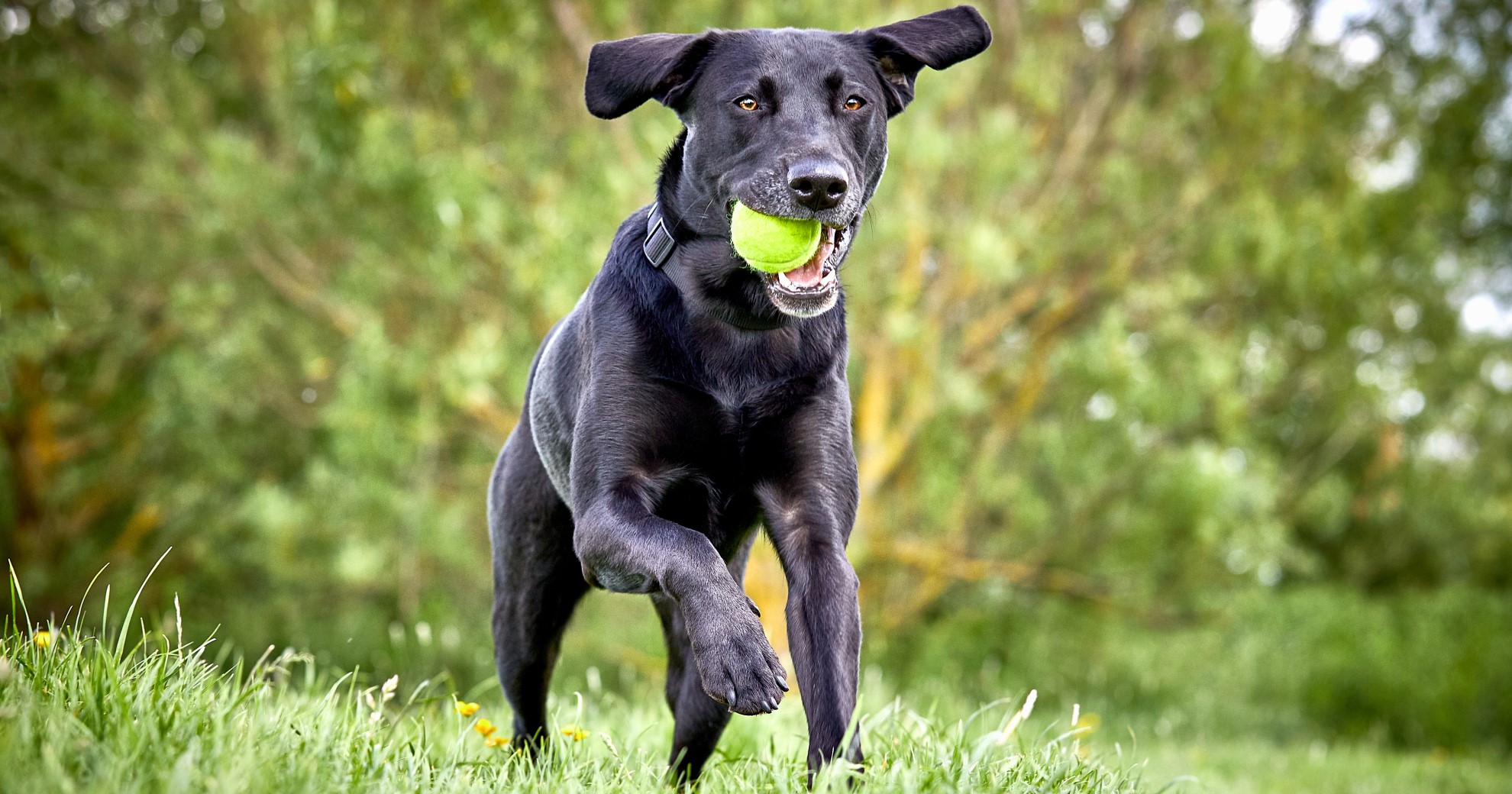HEALTH & WELLNESS

TRENDING

SIGN UP and Start Receiving
Our Monthly Newsletter,
The Chronicles
Rabies In Pets

Rabies: Vital Information To Protect Lives of Humans and Pets
Knowing the rabies risk to yourself, your community and your pets and being informed about transmission prevention and actions to take after contact with rabid animals can save lives.
THE DEADLY RABIES VIRUS
Rabies is an infection caused by the deadly rabies virus. This virus is transmitted through the saliva of an infected animal when it bites or scratches another animal or a person.
Once the virus is contracted it may affect the spinal cord and cause inflammation in the brain. However, growth starts in the muscle tissue before attacking the nervous system and spreading. By the time the symptoms appear, it is generally too late to save the patient.
However, a person who may have been exposed to rabies can usually be treated effectively, if they seek help at once. If bitten or scratched, immediately consult a healthcare professional about treatment known as rabies post-exposure prophylaxis (PEP). If rabies is left untreated, the disease usually progresses from mild symptoms to coma and eventual death.
RABIES TRANSMISSION
Once the virus has reached the nervous system (spinal cord and brain) it heads for the saliva glands. Large amounts of the virus-containing saliva are produced and discharged into the mouth. This is why the disease is mostly transmitted through a bite.
When an infected animal’s saliva gets into an open wound, or makes contact with mucous membranes, transmission is almost inevitable. Even a scratch can cause infection.
Animals Known to Transmit Rabies
Wild animals pose the greatest threat to your pets in terms of exposure to rabies. In the United States, raccoons, coyotes, bats, skunks, and foxes are the animals most likely to spread the virus. Rabies is found in every state except Hawaii. Bats carrying rabies have been found in the 48 states that border with each other.
COMMON SYMPTOMS OF RABIES IN INFECTED DOGS AND CATS
There are two forms of rabies: paralytic and furious. Mild signs will be noticeable in the first three days after infection. From here it progresses to either the furious stage, the paralytic stage, or a combination of the two. Some may even die before showing symptoms.
The virus can lead to radical physical and behavioral changes in DOGS and there are multiple phases in terms of symptoms. Infected dogs may seem:
- Restless
- Feverish
- Anxious/Fearful
- Irritable (often the friendly dogs)
- Submissive (often in excitable dogs)
- Aggressive: snapping at/biting other animals, humans and even objects
- Obsessed with the area where transmission occurred: licking, biting and chewing
- Hypersensitive to any stimuli including light, sound and touch
As the virus progresses, dogs will display signs that include:
- Weakness
- Fear of water
- Dilated pupils
- A tendency to hide in dark places
- Heavy breathing and jaw hanging open
- Sounds and motions associated with choking
- Loss of appetite and pica (eating of unusual things)
- Difficulty in swallowing and loss of control over the throat
- Staggering and/or paralysis of hind legs
- Disorientation or lack of coordination
- Trembling and seizures
- Foaming at the mouth
- Sudden death
The virus can lead to radical physical and behavioral changes in CATS and there are multiple phases in terms of symptoms. Look out for any, or a combination, of the following:
- Fever
- Seizures
- Paralysis
- Weakness
- Aggression
- Dropped jaw
- Fear of water
- Extreme excitability
- Lack of coordination
- Hiding in dark places
- Pica (eating of unusual things)
- Unusual shyness or aggression
- Difficulty or inability to swallow
- Paralysis in the mandible and larynx
- Excessive, dripping saliva or frothy saliva
- Constant irritability/changes in attitude and behavior
INCUBATION PERIOD
Once the virus has been contracted, it can take anything from one day, two to eight weeks, between one and three months, or even up to a year before symptoms appear.
VACCINATION FOR PREVENTION OF RABIES IN DOGS AND CATS
Vaccination is vital because this disease is fatal but 100% preventable.
By preventing rabies in pets, you help them live longer, happier lives and you help keep loved ones and others in your community safe. To protect your pets from rabies, ensure your pets get regular rabies vaccines. Take your pets to the veterinarian on a regular basis and keep rabies vaccinations up-to-date for all cats, ferrets, and dogs.
Since dogs are the main source of human rabies death, rabies vaccination of dogs is the only companion animal vaccine required by law in most (but not all) states.
PRECAUTIONS FOR PREVENTION
Being aware and following safety precautions reduces the chance of contracting rabies. These include:
- Following vaccination requirements for pets: Consult with your veterinarian to discuss how often you need to vaccinate your pet and keep up the vaccinations.
- Keeping pets in safe environments: Pets should be safely confined when at home, and supervised when outside.
- Staying away from wild animals: Animals with rabies are more likely to approach people.
- Reporting any strays to local animal control officials or police departments.
- Keeping bats out of the home or other structures like garages: Seal these buildings to prevent bats from nesting. Call animal control to remove any bats.
- Educating yourself and informing others on the dangers of rabies.
CONTACT WITH AN INFECTED ANIMAL
Remember that there is no cure for rabies.
If you suspect that your pet has been exposed to the virus (especially if you notice any of the mentioned symptoms) take your pet to the veterinarian immediately. Wear gloves and stay away from your pet’s mouth. Don’t try to handle or capture a possibly infected stray animal; report it to animal control officials or a police department immediately.
If you suspect that you have been infected, seek medical care immediately. For treatment to be successful, it must be given before symptoms appear. Post-exposure prophylaxis (PEP) is a preventive medical treatment started immediately after exposure to a virus, such as rabies.
Related Articles
What Are Pet Vaccines And Why Are They Important Read Now
World Rabies Day -Awareness & Prevention Efforts Read Now
Rabies: Diagnosis, Prevention & The Value Of Vaccination Read Now
Be a Good Puppy Owner, Don’t Miss Vaccinations Read Now
Rabies: How It Spreads, The Signs & Why Vaccination Is Vital Read Now









